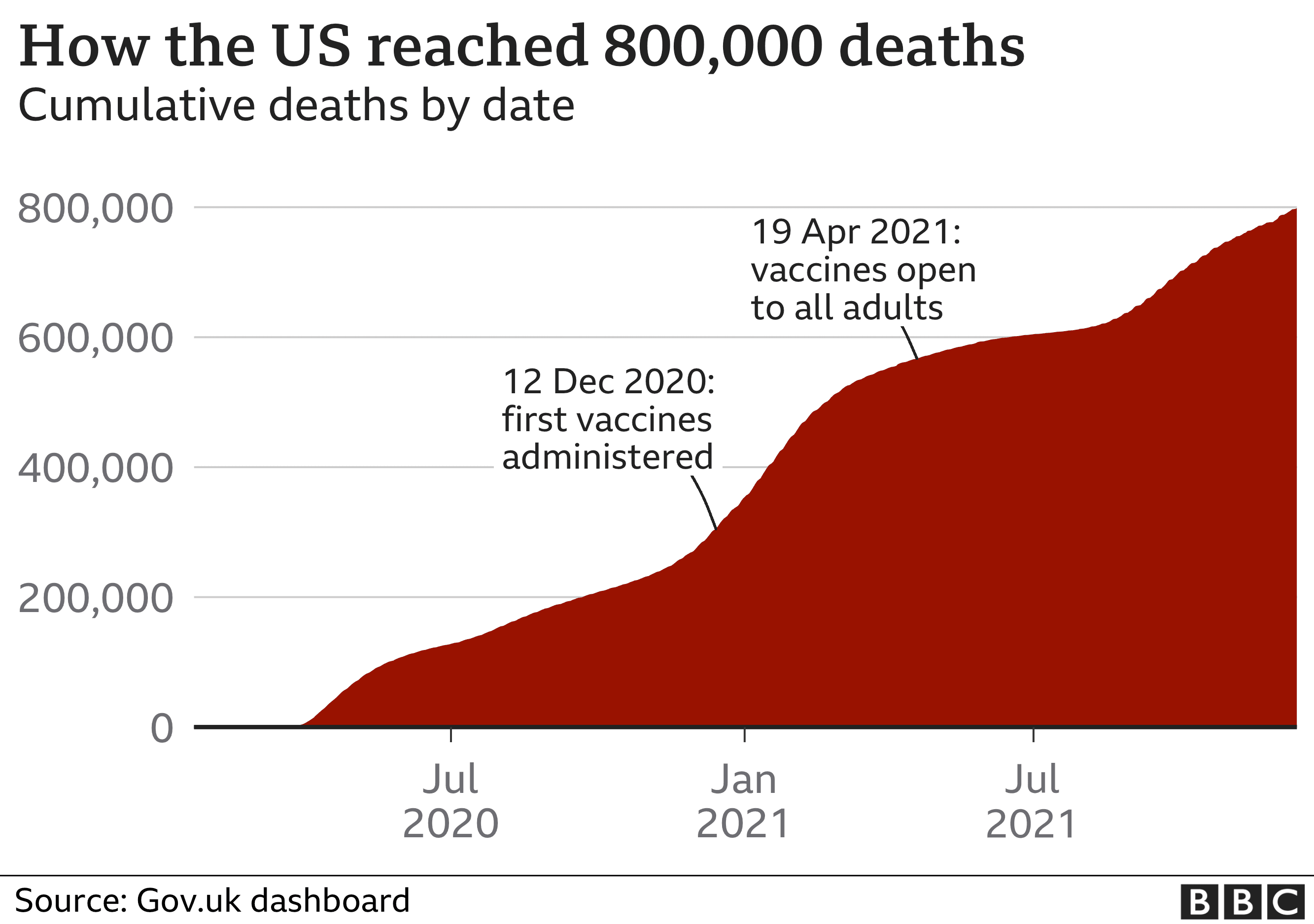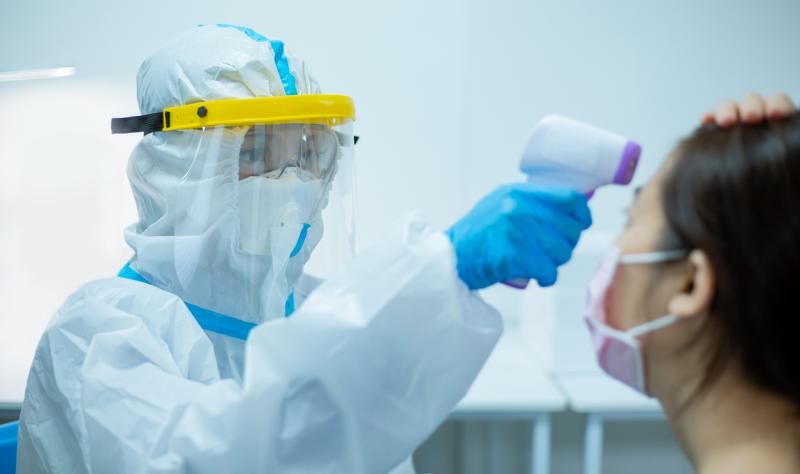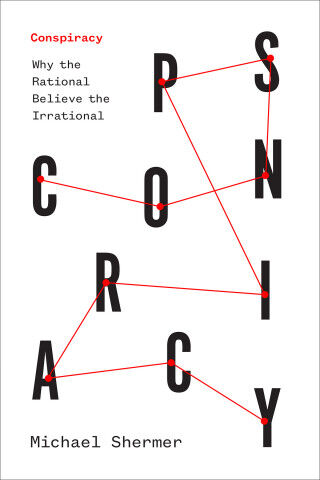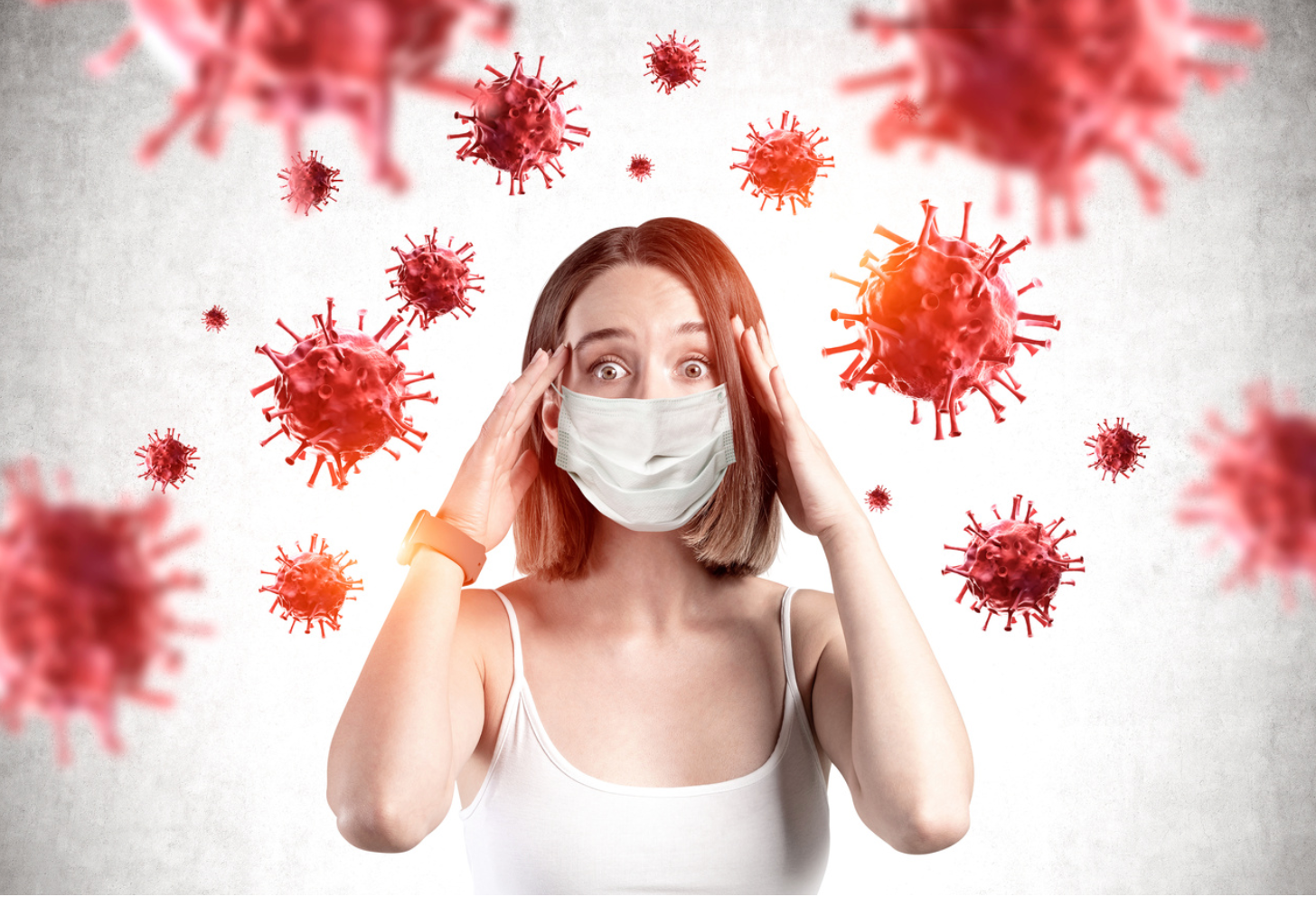COVID in California: Getting COVID can trigger events leading to brain damage, research shows
COVID in California: Getting COVID can trigger events leading to brain damage, research shows San Francisco Chronicle


Overcrowding in old California prison structures helped drive COVID spread
Overcrowding, sometimes in antiquated buildings, played a key role in the dramatic surge of COVID-19 in California prisons, a new report from UCSF and UC Berkeley found. The spread was compounded by the need for complex coordination, and the report said “extraordinary” efforts by corrections officials was not enough to prevent tens of thousands of COVID infections among inmates and prison staff. Employee illness led to severe staffing shortages, and prison staff may have inadvertently carried the virus in and out of the prisons and into their homes and communities, the report said. It said risks may have been elevated because many prison staff refused to get vaccinated.
Getting COVID can trigger events leading to brain damage, research shows
COVID-19 infection can trigger the production of immune molecules that damage cells lining blood vessels in the brain, according to a National Institutes of Health study published Tuesday. That damage causes platelets to stick together and form clots. Blood proteins also leak from the blood vessels, leading to inflammation and the destruction of neurons and may lead to short- and long-term neurological symptoms, according to National Institute of Neurological Disorders and Stroke researchers who examined brain changes in nine people who died suddenly after contracting the virus. “Patients often develop neurological complications with COVID-19, but the underlying pathophysiological process is not well understood,” said Avindra Nath, the senior author of the study. “We had previously shown blood vessel damage and inflammation in patients’ brains at autopsy, but we didn’t understand the cause of the damage. I think in this paper we’ve gained important insight into the cascade of events.”
Endemic stage of COVID-19 could be 2 years away, study suggests
It could take another two years before the virus that causes COVID-19 becomes endemic, according to a Yale study published Tuesday in the journal PNAS Nexus. Modeling data based on reinfection rates among rats, which are as susceptible to coronaviruses as humans, showed that with both vaccination and natural exposure, the population accumulated broad immunity that pushed the virus toward endemic stability. That is the point when the virus infects many people but loses its fangs, leading to outcomes that are not particularly harmful. Coronaviruses are highly unpredictable, so a potential mutation could arise “that makes it more pathogenic,” said Caroline Zeiss, a professor of comparative medicine at Yale School of Medicine and senior author of the study. “The more likely scenario, though, is that we see an increase in transmissibility and probable decrease in pathogenicity.”
Study: COVID reinfections increase the risk of new health problems
Repeated COVID increase risks for new and ongoing health problems, according to a new study of data from more than 5.6 million people Veterans Administration patients. Compared to patients who never got COVID, those infected once or more saw a proportionally increased risk of cardiovascular, gastrointestinal, musculoskeletal, kidney, and neurological disorders, as well as mental health problems, researchers found. Antibodies from previous infections did not appear to reduce the risk. Among the 40,000 patients with two or more confirmed infections, the risk of death was twice as high and hospitalization within six months of their last infection three times higher. “Given the likelihood that SARS-CoV-2 will remain a threat for years if not decades, we urgently need to develop public health measures that would be embraced by the public and could be sustainably implemented in the long-term to protect people from re-infection,” the researchers wrote.
BA.5 now makes up more than half the cases in the U.S.
The omicron BA.5 subvariant of the coronavirus accounted for 53.6% of infections nationally last week, continuing its rapid rise to become the dominant strain of the virus in the U.S. The closely related BA.4 subvariant made up an additional 16.5% of cases, as the newer variants crowd out BA.2 and BA.2.12.1. Over the weekend, Dr. Bob Wachter, UCSF’s chair of medicine, cautioned that BA.5 is “a different beast” from previous strains of the virus — more infectious and better able to evade immune responses — and could cause another surge of cases before we have a chance to recover from the previous wave.
Why UCSF’s Bob Wachter says COVID variant BA.5 is “a different beast”
The new BA.5 strain of the COVID-causing virus is “a different beast” from ones we’ve already seen — more infectious and better able to evade immune responses — and “we need to change our thinking” about how to defend against it, according to a data-packed Twitter thread posted today by Dr. Bob Wachter, UCSF’s chair of medicine.















